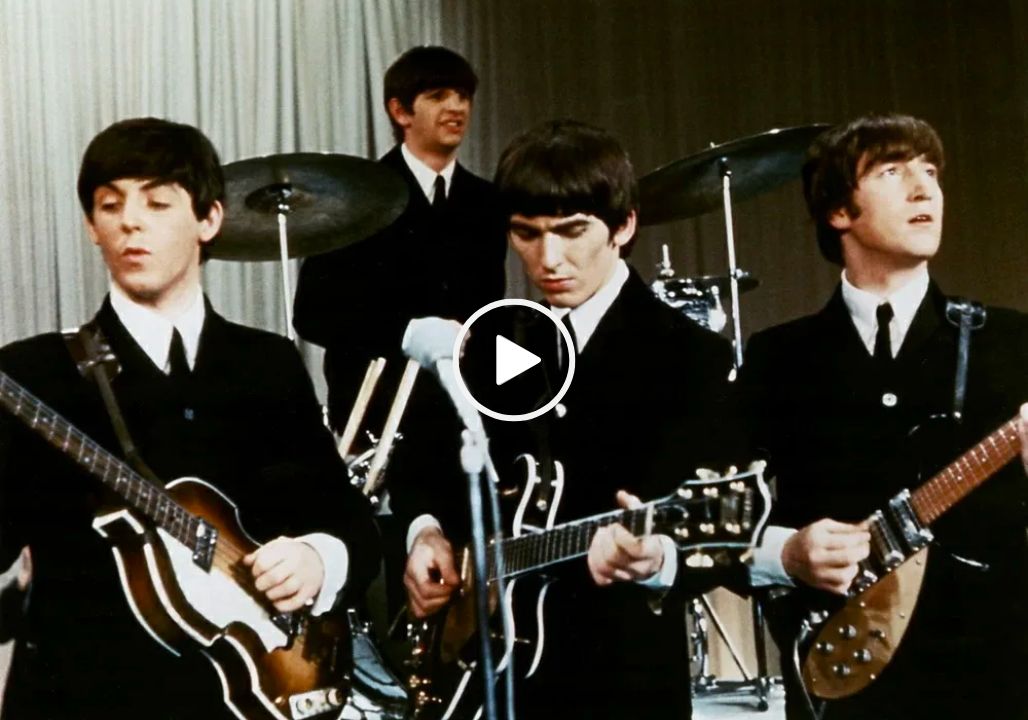Introduction
“Hey Jude,” released in 1968, isn’t just a Beatles song; it’s a cultural touchstone, a timeless anthem of comfort and resilience. But its origin story lies deeper than a simple pop tune.
While credited to Lennon-McCartney, the song grew from Paul McCartney’s desire to console Julian Lennon, John’s son, during his parents’ tumultuous separation. Originally titled “Hey Jules,” the lyrics morphed into a message of encouragement, urging Julian to “take a sad song and make it better.”
Recording sessions unfolded at Trident Studios, pushing the boundaries of technology with eight-track equipment. Notably, the song’s epic length – over seven minutes – challenged radio conventions, yet its heartfelt message resonated.
Beyond its personal origins, “Hey Jude” captured the zeitgeist of a turbulent era. Released amidst social unrest and the Vietnam War, its message of hope and perseverance resonated deeply. The song’s powerful vocals, soaring harmonies, and iconic fade-out cemented its place in musical history.
“Hey Jude” transcended its pop roots. It became an anthem for graduations, breakups, and moments of personal struggle. Its message of finding strength within and moving forward continues to inspire generations.
So, when you hear the opening piano chords, remember – “Hey Jude” is more than just a song. It’s a testament to the enduring power of music to offer solace, hope, and a reminder that even in the face of adversity, we can find the strength to carry on.
Video
